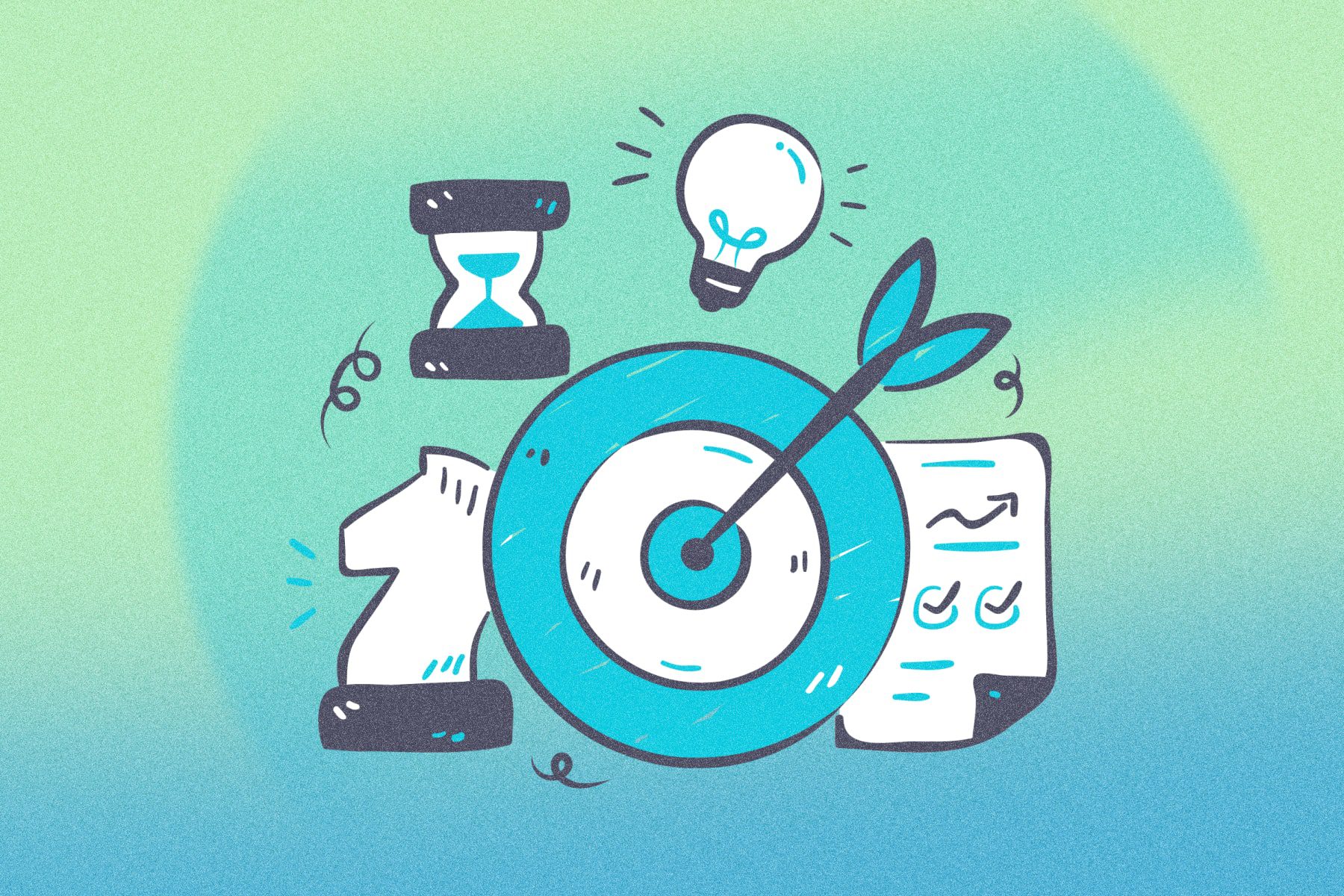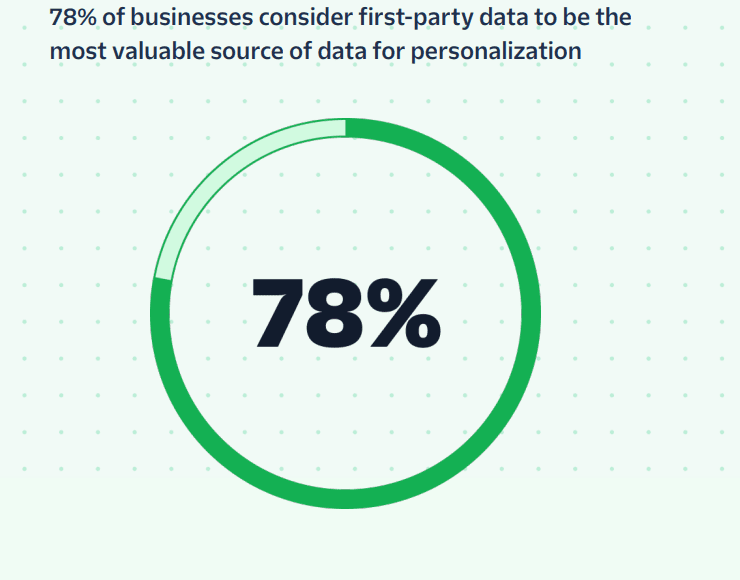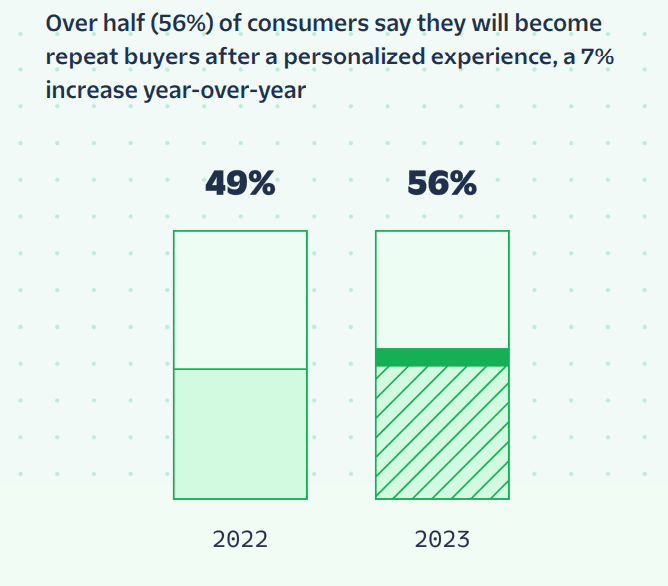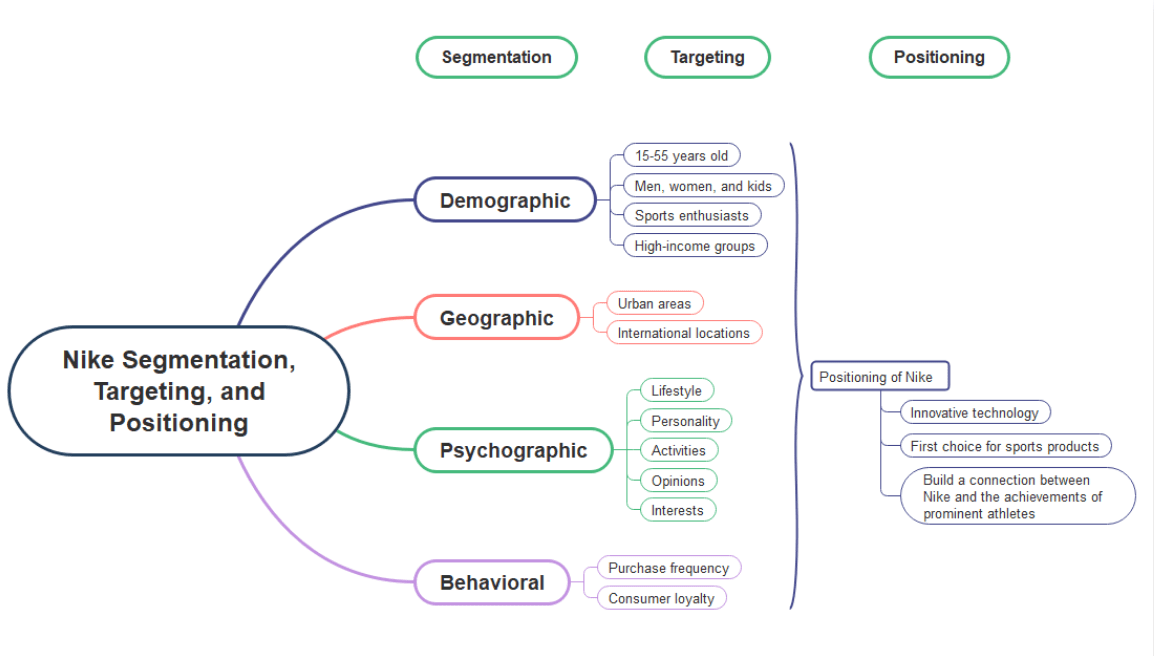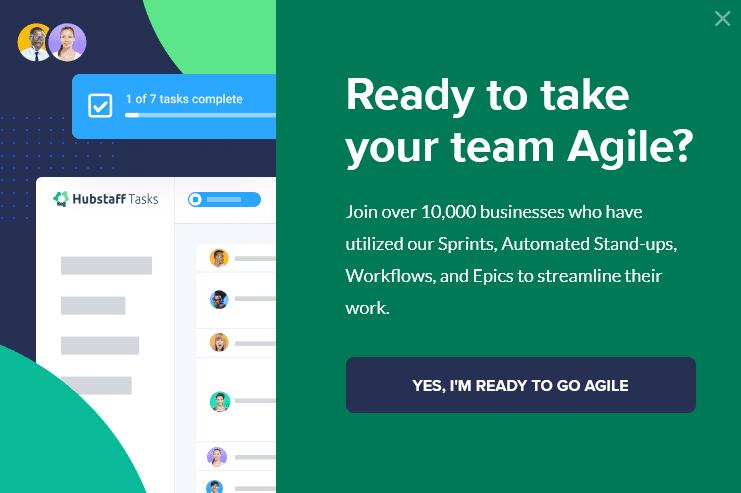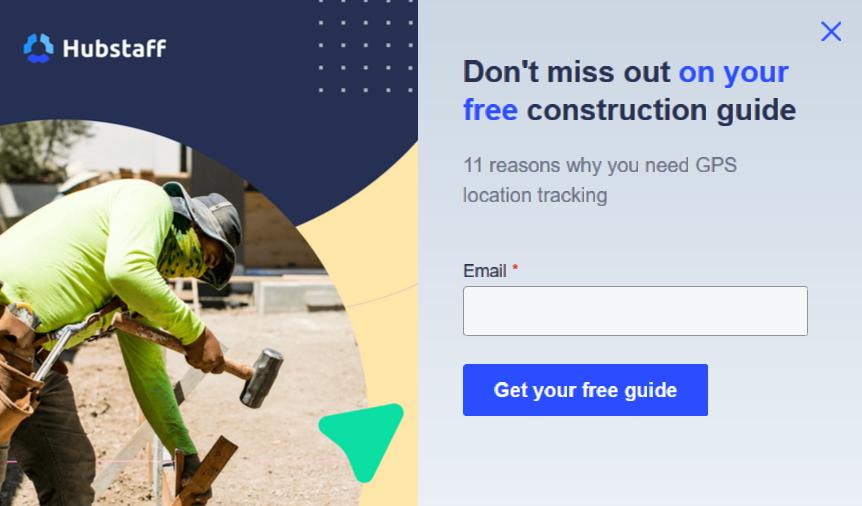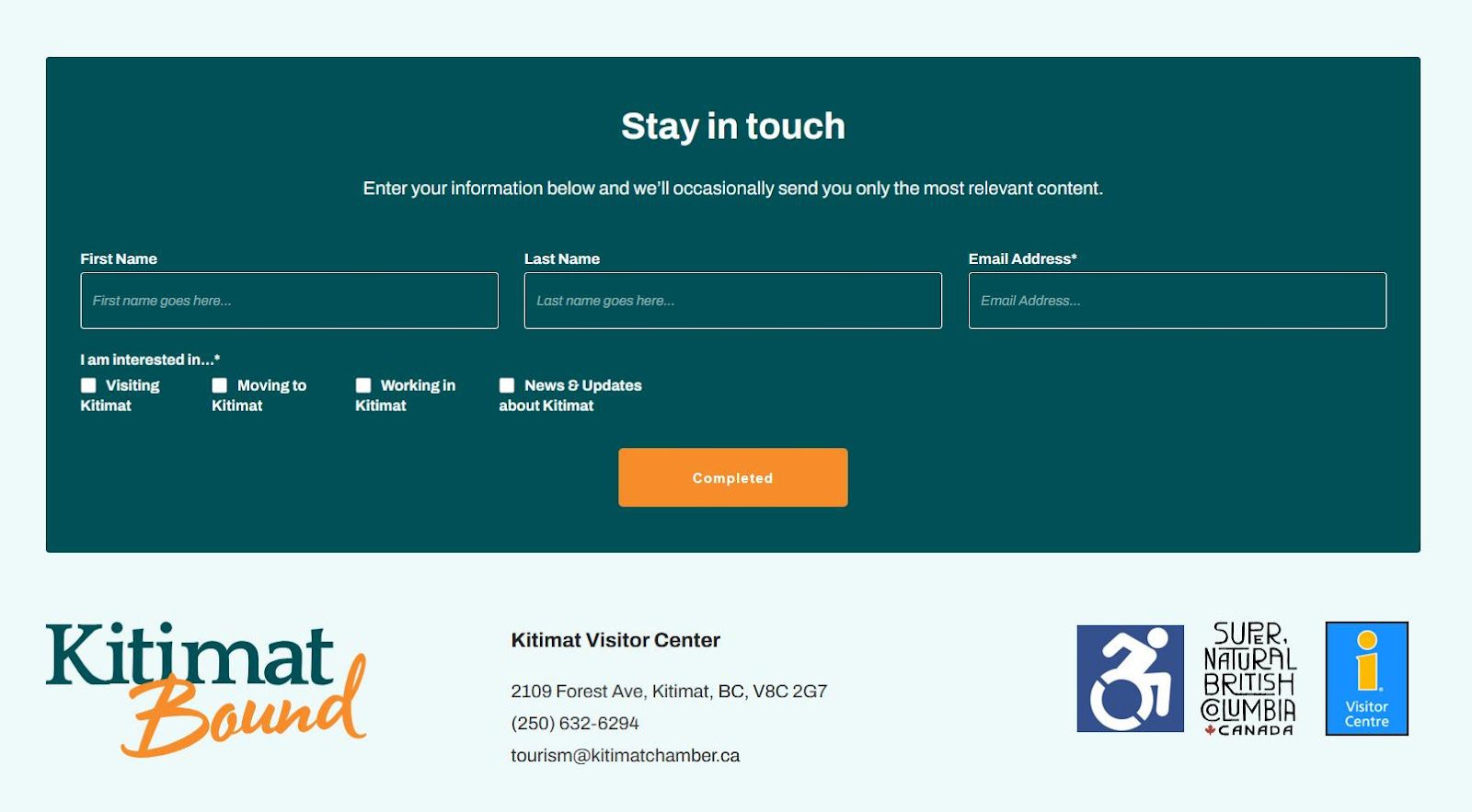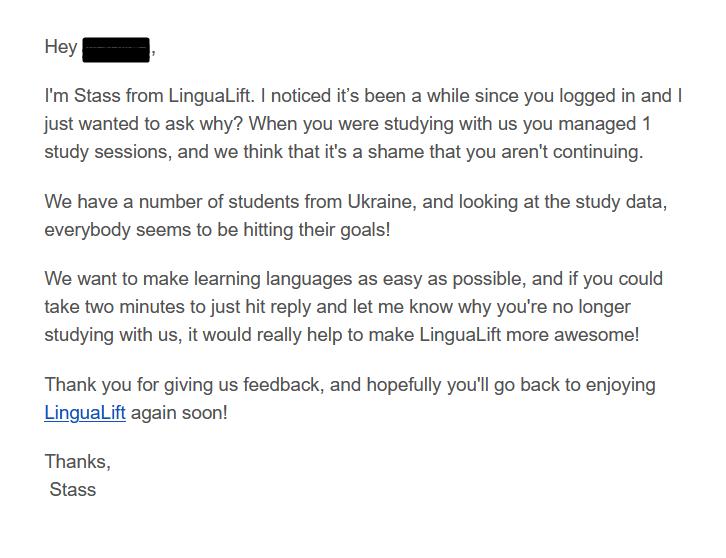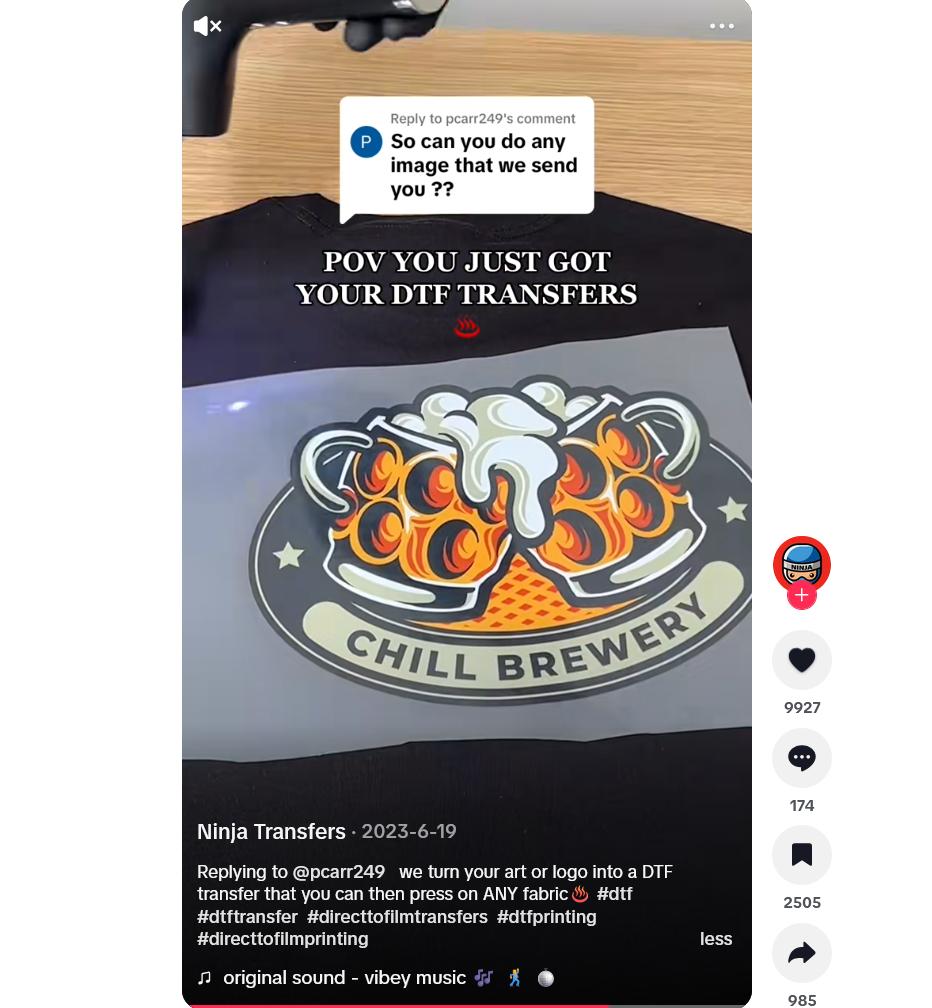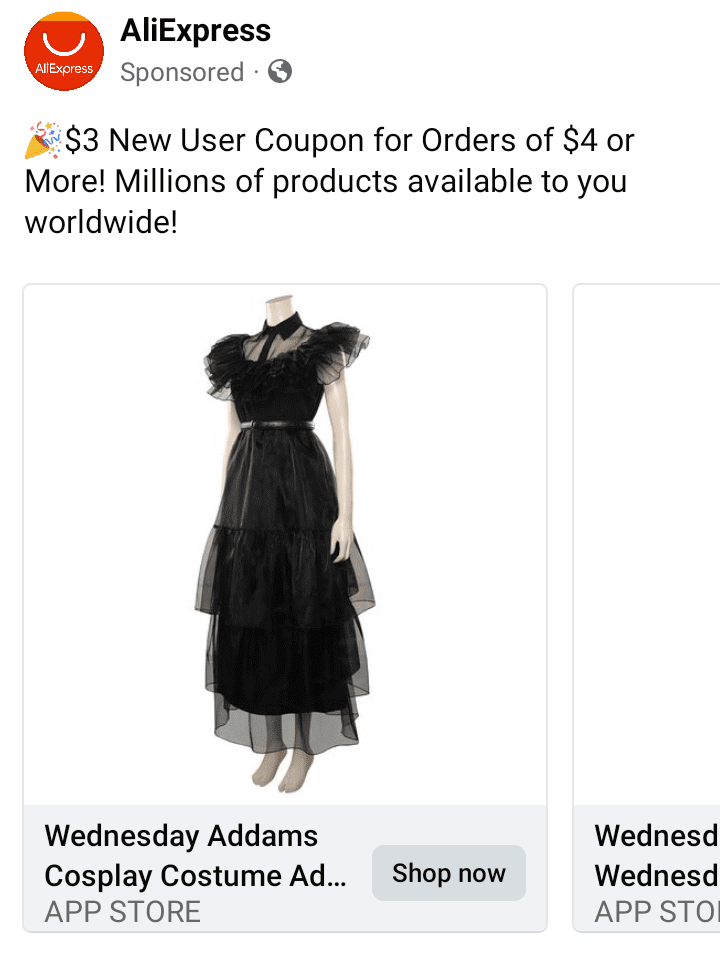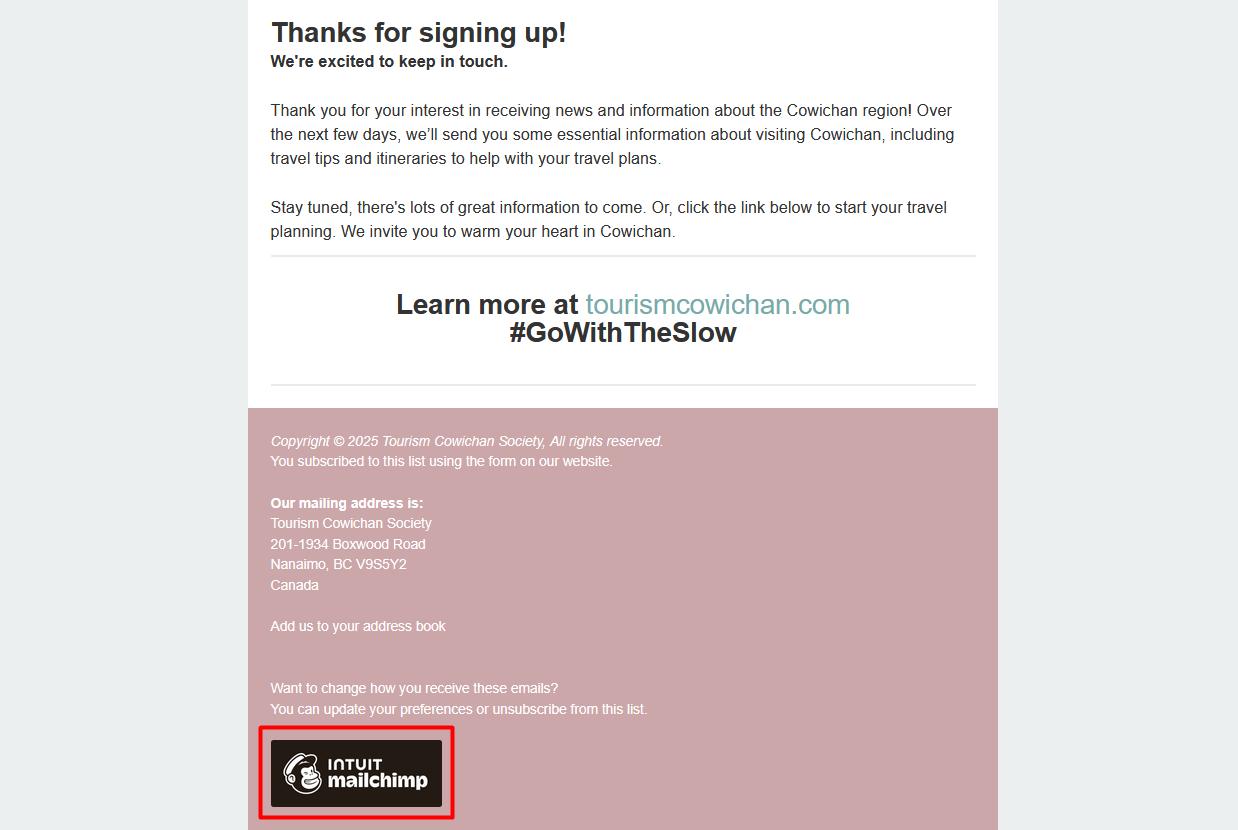We’ve all encountered a terribly misguided algorithm. Maybe you watched a video on a topic that doesn’t really interest you because a friend shared it, or you Googled something work-related on your phone. By morning, your YouTube and social feeds are flooded with ads that have nothing to do with your interests, such as diapers.
Even worse, the ad algorithms now think you’re a parent—so now you can expect weeks of ads and recommended content about baby food, toys, and strollers. Annoying, right?
Your audience feels the same when you serve them marketing campaigns that rely only on broad assumptions instead of real-time consumer intent. To reach the right audience and avoid wasted campaign budget, you need consumer data insights.
In this article, we’ll explain what consumer data is and how to use it for smarter, more effective campaigns.
Understanding Consumer Data
Joe Schaeppi, CEO & Co-Founder at Solsten, defines consumer data as “information about individuals that highlights their needs, behaviours, interests, preferences per season, and interactions on different platforms. They are essential for understanding who your customer is—that is, what they like, when they like it, how they want it, and whether they even want it at all.”
For example, 2024 Black Friday shopping statistics showed that buyers were leaning towards eco-friendly holiday decorations. A business that produces decorations could use this knowledge to modify its campaigns with a green angle in the messaging.
Netflix adopted this approach in its campaign partnership with different automotive giants. The streaming brand promoted various electric vehicles, highlighting its commitment to a massive reduction in CO2 by 2030. This garnered public attention and helped convert more users who shared the same views.
As important as consumer data is for precise targeting and campaign optimization, 87% of marketers still say it is their company’s most under-utilized asset. This explains why random ads appear on your screen despite being irrelevant to your true needs.
Let’s dig a little further into the types of consumer data, their sources, and ethical considerations.
1. Types and Sources of Consumer Data
There is a laundry list of consumer data types out there, but the most important ones include:
- Demo-geographic Data: This deals with the age, gender, income, education, and geographic location of your audience. You’ll need it when you want to target, for example, Facebook users over 30 with a passable income, for your anti-aging products.
- Behavioural Data: This focuses on purchase history, website visits, and the usage of your app or any other relevant platforms, including social media. This is useful to know what time of day your audience surfs Instagram, how often, and for what interests.
- Transactional Data: You need to know the payment methods and frequency of purchase of your target audience. Based on their spending pattern, you can analyze their purchasing budget, and if they are able to purchase your product. Note that purchasing budget is how much someone is willing to spend on a product, and it’s different from income.
- Psychographic Data: What hobbies, products, lifestyle, or values interest them? Do they love bright pink or forest green? Do they prefer a monochromatic product design—which your product has—or is a multicolored one more likely to grab their attention? Psychographic data primarily reveals how your audience thinks, especially in regards to making purchasing decisions.
2. Sources of Consumer Data: First-Party vs. Third-Party Data
Depending on the source, you can access first-party data or third-party data.
“First-party data is the data you collect directly from your audience through available channels or touchpoints, such as surveys, in-app feedback, and customer history. It can also come from website analytics, social media interactions, purchase history, loyalty programs, and cookies and tracking pixels,” says Michael Nemeroff, Co-founder & CEO at RushOrderTees.
According to Twilio, 78% of brands see first-party data as the most valuable source for personalization. The benefit is that first-party data comes straight from a consumer’s interaction with your brand, and is unfiltered.
Third-party data is obtained from another company that has no direct relationship with your brand or your potential customers. Since it involves selling people’s personal information, several countries and states have introduced legal rules banning such practices.
While it’s still an option in some regions, third-party data does not provide deep or relevant insights into your audience’s habits and interests.
3. Ethical Considerations with Consumer Data
Only 51% of consumers trust brands to keep their personal data safe and use it appropriately. On the other hand, about 23% are significantly less trusting. These valid concerns are because consumers worry brands might lose their data through breaches, use it for non-compliant purposes like Facebook did, or unnecessarily bother them with intrusive ads.
However, it’s not all doom and gloom. In a survey conducted by Salesforce, 33% of consumers are willing to share their personal data in exchange for better content, whereas 14% will do it for relevant marketing ads. Also, following certain data compliance rules with your website, such as GDPR and CCPA, can help you build trust and give consumers more control over the information they share.
Leveraging Data for Campaign Optimization
There are three major areas to appropriately leverage consumer data for campaign optimization: personalization, segmentation, and predictive analysis. Let’s go through each.
1. Personalization
Personalization is the process of tailoring marketing messages, product recommendations, and user experiences based on consumer data.
Approximately 56% of consumers say they will become repeat buyers after a personalized experience—starting from their first interaction with your brand, which is often through a campaign. Meanwhile, 49% of Gen Z consumers are not likely to buy from a brand offering impersonal experiences.
Collate relevant data types such as demographics, psychographic, behavioural, and transactional from your channels and data sources. Analyze and use them to create a buyer persona—a semi-fictional representation of your ideal customer.
Then, utilize this persona to tailor your ad copy, audience, budget, best time of the day for engagement, duration, and marketing strategies for maximum effectiveness.
Here’s an example of a persona derived from consumer data and useful for streamlining your ads:
“Sarah is a tech-savvy marketing manager who values convenience and efficiency. She prefers premium, time-saving solutions and shops online frequently. Engages with brands via Instagram and LinkedIn, responds to personalized email offers, and prioritizes sustainability. She’s most active in the evenings, seeking productivity tools and self-care products.”
This way, your ads will only target a tech-savvy marketing manager who needs your product, and not just a random person that, by chance, searched for your product once.
For a case study, Netflix does this quite well. Users log in to find movie and series recommendations all over their screen. Netflix’s recommendation engine leverages viewing habits and engagement trends to make this possible.
2. Segmentation
Demographic and behavioral data help you figure out the interests of your audience and their age. Oftentimes, especially if you’re serving a larger market, you might have more than one target audience for a product or service.
For instance, Nike produces sports sneakers for athletes, non-athletic young people of different genders, and seniors. Each group’s needs are quite different, and the same demographic campaign won’t cater to that. Also, Nike serves different countries with varying cultural differences. For a successful campaign, Nike segments its audiences based on these data.
Apply the same strategy to break your audience into different-but-similar groups. A good way to do that is to first create different buyer personas. Then tailor each campaign to each persona.
Hubstaff offers a SaaS product for different customer personas, so they created trigger popups and lead magnets to generate B2B leads in a segmented way. Depending on the browsed blog topic (segmentation by interest), one ad targets agile team managers.
Another ad is for construction teams.
3. Predictive analytics
Predictive analytics involves being able to anticipate consumer needs and proactively providing appropriate campaigns. You can do this manually: analyze recent consumer data, figure out the recent trends, and create a campaign that will ride the wave. But that’s inefficient and time-consuming.
Alternatively, leverage AI and machine learning. Feed your consumer data into trusted models, and let them predict your consumer needs based on historical purchase history, browsing data, and other details you’ve saved. AI-powered predictive analysis also enables smart bidding—your campaigns only go live on platforms that are likely to result in maximum yield at that point in time.
Data-Driven Strategies for Different Marketing Channels
Omnichannel marketing can increase ROI by 287%. But it’s only effective when you implement consumer data the right way. Here’s how to do that on different channels.
1. Email Marketing
According to a survey by Upcity, more than 50% of marketers report earning an average of $21-40 per $1 investment made. To gain the same results, optimize your emails with consumer data.
- Segment your email list into different groups based on interests, demographics, behavioural, and other relevant marketing information.
- Tailor your content to each campaign group by leveraging insights from your consumer data. This includes tone and humor, especially for the younger age group.
- Personalize subject lines and employ dynamic content to improve open rate. You can implement local offers, based on your geographic data, to boost relevance.
- Optimize send times to align with your audience’s preferred email opening period. This boosts open and click-through rate.
In the travel and tourism niche, we can see how Kitimat Bound segments email subscribers by interest (psychographic segmentation) for data-driven email marketing: Visiting Kitimat, Moving to Kitimat, Working in Kitimat, and News & Updates about Kitimat.
Or, look at this personalized email from LinguaLift to the customer based on their location (geographic segmentation).
2. Social Media
The average ROI from social media campaigns is 250%. Of course, this figure varies from channel to channel—with YouTube leading, according to Hubspot. Use your consumer data to determine which social media channel you should use.
- Identify where your potential customers spend most of their time based on the data you collected.
- Create dynamic content that resonates with their interests and current trends, in the format(s) that perform best on that social channel.
- Encourage the audience to create user-generated content (UGC). Incentivize sharing and tagging in order to boost engagement.
- Streamline your social media ads based on your consumer data. You can also implement AI for smart bidding.
Ninja Transfers, a DTF-printing company, prioritizes the top three social channels based on their customers’ interests: Instagram, YouTube, and TikTok. On TikTok in particular, their marketing team regularly asks the audience: “Okay, challenge us, what should we try pressing on next?” to design custom t-shirts. This interactive approach engages their target audience on the platform, gathering hundreds of likes, bookmarks, and reposts. They track user data and reply to comments like this: “So, can you do any image that we send you?”
3. PPC, SEO, and Design
Pay-per-click advertisements and search engine optimization both leverage consumer data, heavily. When you combine this strategy with other SEO practices including search engine positioning, keyword backlinks and other tactics to increase organic traffic, you can effortlessly deliver result-oriented campaigns.
Here are some data-backed tips to implement:
- Leverage demographic, geographic, and behavioural data to create hyper-targeted PPC ads. Adjust targeting based on customer personas and previous interactions.
- Craft compelling headlines, descriptions, and CTAs that resonate with specific audience segments. A/B test variations can help you determine the best-performing PPC copy.
- Track website visitors, cart abandoners, and engaged users to serve personalized retargeting ads. Retargeted ads boost conversion by over 150%.
- Tailor your website design, content tone, and user experience to the demographics of your audience. Beauty audiences will likely find more serenity in soft pinks and nudes.
AliExpress uses retargeted ads to get browser-abandoners back. Look at this sponsored Facebook post pursuing the customer soon after they scrolled through the Wednesday Addams Cosplay Costumes on AliExpress.
4. Content Marketing
Besides blogs, case studies, white papers, social media, and email marketing, it’s becoming more common for businesses to use types of explainer videos and other short, helpful video content into their strategy, to reach audiences across multiple platforms.
The tactics you apply for PPC, SEO, email marketing, and social media should also be applied here.
Other data-backed strategies to get the best out of content marketing include:
- Create content around user needs. You can do this by leveraging tools like Google Analytics, Google Search Console, and Google Trends. These tools help you know what your audience is searching for at a time.
- Utilize SEO tools like Ahrefs and SEMrush to dig out trending consumer questions relevant to your product. Then create quality content pieces around these.
- Design niche content to support your prospecting efforts. Your content shouldn’t be trying to capture every reader—only those whose needs align with your services.
Streamlining Your Campaigns with Technology
Getting the most out of consumer data typically requires using AI-powered technological tools for at least some of the tasks. For instance, AI-driven ad bidding tools can leverage consumer data to reduce your ad cost and deliver hyper-targeted results.
- Email marketing automation platforms like MailChimp, Klaviyo, or Brevo can help segment your email list, analyze customer preferences and clicks, and optimize your emails in real time.
- Salesforce, Zoho CRM, and HubSpot CRM use AI to track customer interactions, predict buying behaviors, and personalize engagement.
- Customer journey mapping platforms like Lucidchart, Smaply, and Microsoft Visio, enable you to visualize touchpoints and optimize campaigns with the data you collate.
- Project management tools can help you organize your omnichannel campaigns effectively and enable a bird’s-eye view of your progress.
For example, here’s an automated newsletter from Tourism Cowichan using MailChimp to monitor and optimize email campaigns.
Measuring Success and Continuous Improvement
Monitoring your campaign is essential to knowing what’s working or not. You can use tools like Google Analytics 4 to track your SEO efforts, and Campaign Monitor to track email KPIs like CTR and open rates.
If you’re running PPC campaigns, you can use Google Ads Manager or SpyFu to measure the effectiveness of your campaigns. Tools like Sproutsocial or Hootsuite are helpful for social media analytics. You can also use in-app analytic tools instead of third-party platforms.
Consumers expect you to deliver hyper-personalized offerings right to their fingertips, but that’s only possible by leveraging their data the right way. The tips in this article will help you with personalization, segmentation, and optimization of your campaigns.
Remember to regularly check campaign performance and test variations. Consumer habits and platform features or best practices change frequently, and for successful campaigns you need to stay ahead of those changes.
